- Established 1982 -HOME: www.hiltonpond.org
THIS WEEK at HILTON POND Subscribe for free to our award-winning nature newsletter (Back to Preceding Week; on to Next Week) |
AN ODDLY COLORED HUMMER, We've been deploying mist nets and hummer traps all summer at Hilton Pond Center with good success. Our 113 Ruby-throated Hummingbirds (RTHU) banded by 31 July was a new high for us through that date, with a little more than two prime months to go in the current research season. By now most RTHU we capture are immatures just fledged from nearby nests, including this week's young female with unusual plumage (see photos below).
All text, maps, charts & photos © Hilton Pond Center Ruby-throats of any age and gender typically have dorsal plumage that is dark iridescent green, but the bird in question sported numerous feathers on back, wing, and tail that were partially light gray. We'd never seen this aberration in RTHU banded at the Center or elsewhere. (NOTE: Normal dark feathers in hummers contain melanin--a black pigment--which underlays tiny bubbles and grooves in feather surfaces. These structures scatter light and makes plumage appear iridescent red or green.)
All text, maps, charts & photos © Hilton Pond Center At other locations we HAVE captured and banded several RTHU with any number of FULLY white feathers. These birds were quite variable, sometimes with a scattering of normal or brownish feathers (as above). They're considered in general to be "leucistic" (from the Greek word for "white"), but it's inaccurate to refer to this as "partial albinism."
All text, maps, charts & photos © Hilton Pond Center True albinos have completely white plumage AND pink eyes, feet, and bill; the reddish color of the appendages is hemoglobin in underlying blood vessels. We did have the pleasure of trapping and banding one true albino (above) years ago in North Carolina. This bird lacked any melanin pigment; even the skin was pink, as shown by the featherless area at the bend of the bird's wing.
All text, maps, charts & photos © Hilton Pond Center So what to call this week's bird (just above) in which some individual feathers were partly gray but wing, bill, and eyes were normal? If we read him correctly, Hein van Grouw, an authority on bird color aberrations, suggests our unusual ruby-throat may be showing "dilution," in which "normal-colored melanin is deposited in an abnormal clumped fashion in the feather cells." What causes this phenomenon is not clear. As suggested to us by hummingbird author and researcher Sheri Williamson it may have been a nutritional or metabolic issue that interfered with melanin production/deposition during feather growth. We're hopeful this Ruby-throated Hummingbird with unusual plumage migrates right back to Hilton Pond Center next year and gets recaptured. Then we can see whether her next generation of feathers is normal or if she has some other pigment surprise lurking in her feather follicles. All text, maps, charts & photos © Hilton Pond Center HUMMER SUMMER FUNDER 2022 ANNOUNCEMENT: We just banded Hilton Pond Center's 7,000th Ruby-throated Hummingbird. That partially gorgeted young male in the photo below is another milestone in our 39-year study of these tiny feathered dynamos. Our long-term research would not be possible without support from hummingbird enthusiasts like you, so please donate if you can to our Facebook "Hummer Summer Funder 2022" and Operation RubyThroat: The Hummingbird Project. Facebook takes care of the donation processing with no fees. Just click on this link: Hummer Summer Funder 2022.
All text, maps, charts & photos © Hilton Pond Center If you're not on Facebook, you can also help underwite our education, research, and conservation efforts in other ways. Please, and thank you. Via credit card at All text, maps, charts & photos © Hilton Pond Center A NEW SNAKE FOR HILTON POND Earlier this week as we were gazing out the office window at Hilton Pond Center, a black line appeared in the grass to the left of our view. The line was moving—albeit slowly—and was obviously a snake, but its body was perfectly straight. As it continued toward a ground-level fountain, we went out for closer look and could see it was indeed black but with a white chin. Almost every day around our old farmhouse we see Eastern Blacksnakes (aka Black Ratsnake, Pantherophis obsoletus)--which also have white chins--but when that species crawls its body is much more sinuous, not linear like the one currently in view. We got a little closer as the serpent slithered into some ground cover around the base of the fountain and emerged on the other side. Alas, when we made a slight movement with our camera the snake was off like a shot, using just its belly scutes to slide hurriedly into a thicket, its body still straight as a ramrod. (We’ve never seen a ratsnake move that fast.) There was no question we had just observed a Black (Eastern) Racer, Coluber constrictor. We’ve seen this species elsewhere, but it was of special interest because it was a new snake for Hilton Pond. We were quite surprised to add a species to the Center’s checklist after 41 years--especially a relatively common species of this size.
All text, maps, charts & photos © Hilton Pond Center Despite their species name, Black Racers are NOT constrictors. They may use a coil or two to hold down prey, but they don’t suffocate it as do ratsnakes. They typically swallow prey alive—everything from other snakes to lizards, amphibians, small moths, and even large insects. They’re known to move through grassy fields cobra-style, with head and anterior body erect for an enhanced view. There are numerous subspecies—we’re guessing our was the Southern Black Racer—that occur across the U.S. east of the Rockies and in more limited locales west of there. They tend to be temperamental and strike repeatedly when cornered. The one we saw today had a nub of a tail—perhaps from an encounter with some medium-sized mammal that had been considering a Black Racer for lunch. Incidentally, one other way to differentiate Eastern Ratsnakes from Eastern Racers is by scale characters. In racers, black scales have a matte finish (see top photo) and may appear almost bluish; white is limited just to the chin. Dorsal scales of rat snakes are quite glossy and the chin white extends down the ventral body surface, as below in the acrobatic Eastern Ratsnake dangling from a Flowering Dogwood at Hilton Pond Center.
All text, maps, charts & photos © Hilton Pond Center HILTON POND SUNSETS "Never trust a person too lazy to get up for sunrise
All text, maps, charts & photos © Hilton Pond Center Sunset over Hilton Pond, 29 July 2022 Pond-side vegetation--Swamp Milkweed and Goldenrod, Don't forget to scroll down for lists of Hilton Pond supporters and of all birds banded and recaptured during the period. Photoshop image post-processing for this page employs |
|---|
|
"This Week at Hilton Pond" is written and photographed by Dr. Bill Hilton Jr., executive director of Hilton Pond Center for Piedmont Natural History
|
|
|
Please refer "This Week at Hilton Pond" to others by clicking on this button: |
|

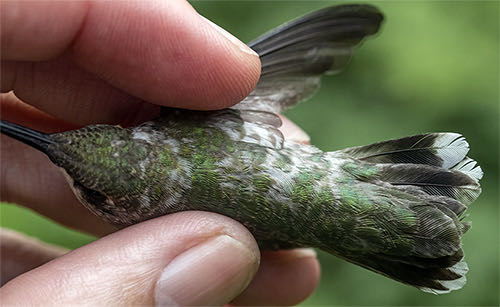
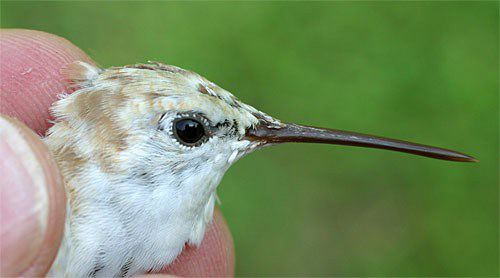
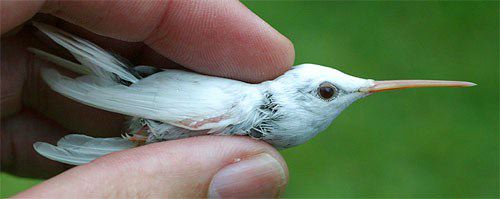
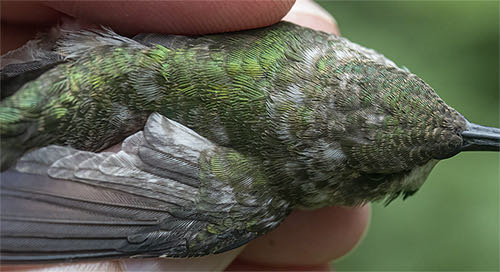
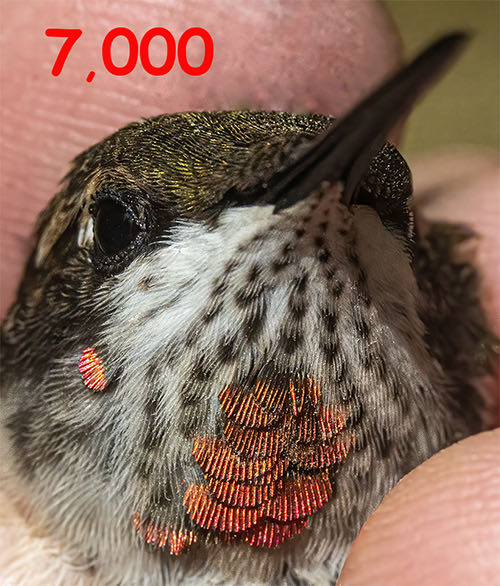

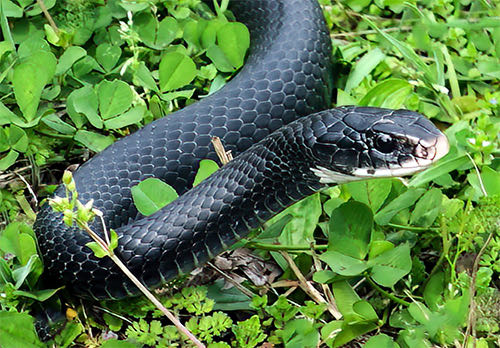
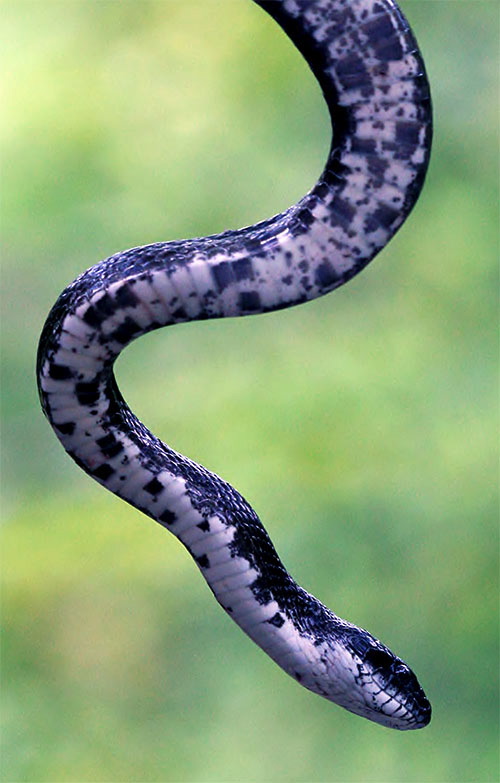
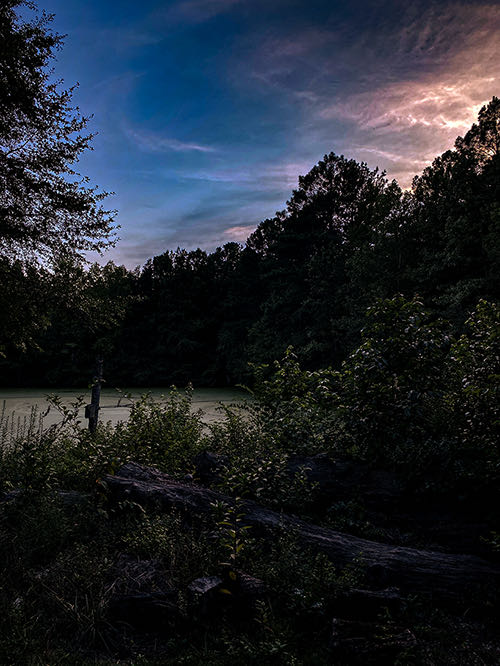








 Please report your
Please report your